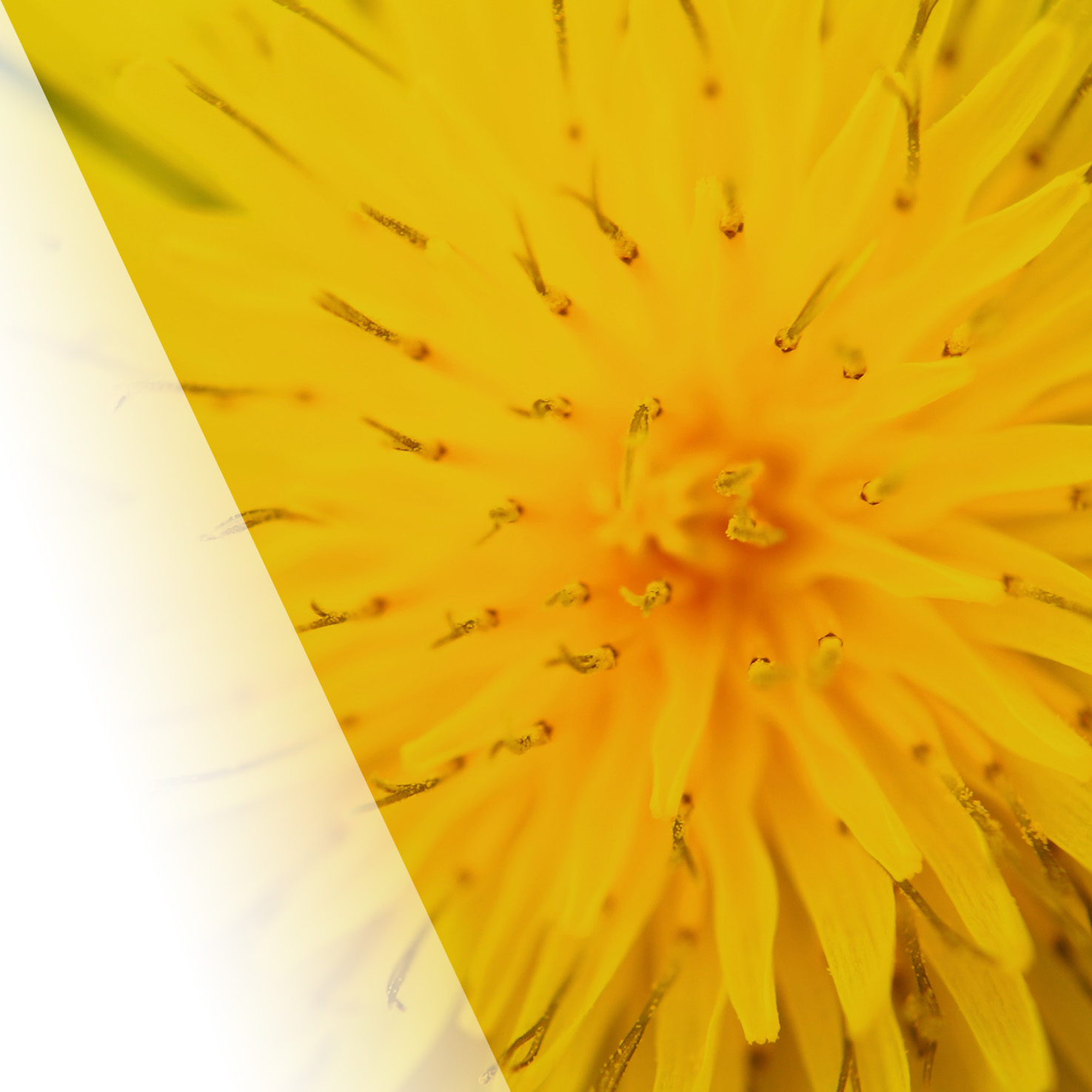
In most parts of the country, as your lawn greens, it also turns yellow—yellow with dandelions. For such a beautiful flower, dandelions can cause a lot of homeowners dread. But did you know that your lawn’s enemy is your health’s ally? Dandelions are a great source of nutrition, but few people eat them. Dandelions have been a central herb for Traditional Chinese Medicine (or TCM) for thousands of years.
Native to the Mediterranean, this incredible flower’s medicinal qualities were also known to the ancient Egyptians, Romans, and Greeks. Originally, these groups found dandelions to be beneficial for ailments including fevers, toothaches, constipation, arthritis, diabetes, gallbladder problems, heartburn, and skin irritations, as well as generalized liver, stomach, and kidney disorders…to name a few! Often the roots and leaves of the plant were rendered into a tonic to remove toxins from the bloodstream. Modern science also proves that this bright yellow superfood is incredibly nutritious and full of vitamins.
Many people know that dandelions are great for detoxing, but that is just the beginning. The roots are a fantastic liver tonic. The leaves are a digestive bitter and support your circulatory and lymph systems. The flowers are great for your skin. Even the sticky sap is useful — it can erase warts, corns, and calluses. The entire plant is packed with nutrition. Dandelions are high in vitamins A, B, C, and K. They contain a lot of minerals, including calcium, iron, potassium, magnesium, phosphorus, and manganese. Controlling your blood sugar is easy with a dandelion meal. They are a low-calorie, high fiber, and high protein food. Dandelions are also recommended for many health conditions. People with bone health concerns, liver disease, diabetes, urinary disorders, skincare, acne, weight loss, cancer, jaundice, gallbladder issues, anemia, and high blood pressure all benefit from eating dandelions. The nutrients found in dandelion greens may help reduce the risk of cancer, multiple sclerosis, cataracts, and stroke. And on top of all of these benefits, dandelions are anti-inflammatory and may offer benefits to people with inflammatory conditions.
In short: any way you’d like. There are so many ways to eat dandelions. A quick internet search will provide lots of recipes and suggestions. The entire plant is edible — leaves, flowers, and roots. As a rule of thumb, use the leaves in the same ways you’d cook with spinach and the roots the way you cook carrots or radishes.
The flowers and roots can be both meal and beverage. Boil or stir-fry both the flowers and roots as a cooked vegetable. You can even make wine with the flowers and roast the roots for a coffee substitute!
Dandelion leaves are the most common part to eat. They’re wonderful both cooked or raw. In addition to steaming, boiling, or stir-frying the leaves, try tossing them in a soup or combining them with kale, lettuce, or cabbage in a hearty bowl. Use raw dandelion greens in salads or on sandwiches. Dry the greens and use them for an herbal infusion. You can even juice the leaves or add them to a smoothie.
Surprise your family and friends by gathering dandelion greens and making pesto. Serve the pesto with some crusty bread, delicious cheese, and fresh spring-time fruits. Enjoy your meal while looking at your weed-free lawn.
Makes 2 cups
